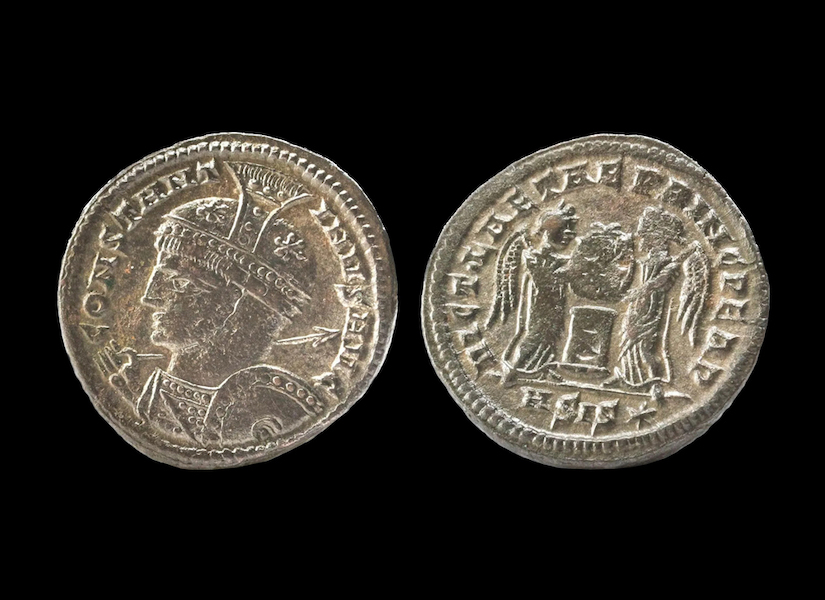
NEW YORK – The collective Roman world, both the republic and empire, is the longest-lasting centralized national government in history, spanning the ancient world of 753 B.C. to the Middle Ages of 1453. It influenced the course of Europe, Asia, the Middle East and North Africa for more than 2,200 years. Kings, consuls and emperors reigned and ruled as dictators, despots, and enlightened heroes, leaving a legacy of language, art, architecture, religion, science, technology and laws that still shape daily life around the world today. Many of its stories are easily told through its bronze coinage which, once touched, leaves a lasting memory of all of Rome’s achievements, failures and influences. This very basic guide to Roman bronze and copper coins identifies the major ones authorized and minted by the Roman government.
The Seven Kings of Rome, 753 B.C. to 509 B.C.
During the early period of Rome, from its founding in 753 B.C. to about 281 B.C., currency initially took the form of sheep, cattle and copper as barter. There was effectively no official coinage of any kind during this period.
Possibly around the beginning of the 5th century B.C. (it may have been later; dates are unclear) unformed chunks of smelted bronze or copper called aes rude (rough bronze) were introduced that were individually weighed for an exchange, but had no markings at all.
The Roman Republic, 509 B.C. to 27 B.C.
As the kings of early Rome were replaced by the Senate and elected consuls in 509 B.C., coinage was still unknown. Still under the bronze weight system for trade, the aes rude bronze was replaced around the 4th century B.C. by bronze bullion called aes formatum that were smelted into somewhat regular shapes such as bars, ingots, rods and a circular coin-like version called a “round cake.” None of these had markings, inscriptions or images, and they had different weights, requiring them to be cut or broken to provide change for a transaction.
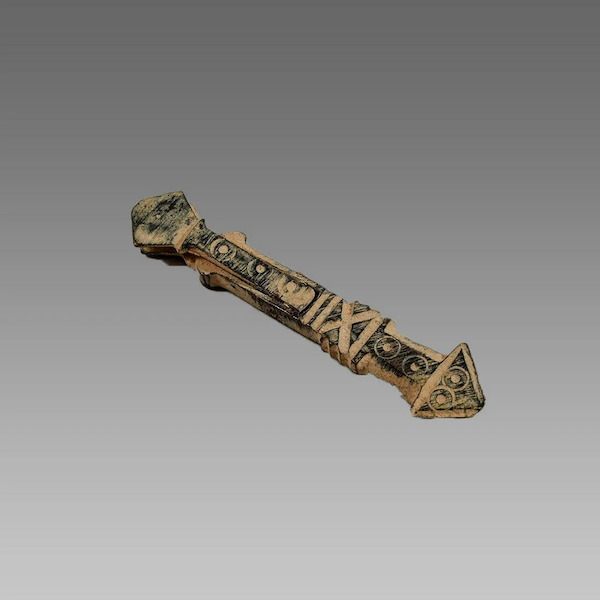
By the 3d century B.C., bronze and copper pieces took the form of rectangular-shaped ingots weighing up to 3.5 pounds to help standardize the medium of exchange. Called aes signatum (signed bronze), they initially featured birds, elephants, a sword, a caduceus and other images cast on one side; later, they were cast with images on both sides. These bronze coins featured the word ‘Romanum’ from about 300 B.C. until 240 B.C. – the end of the Punic War – as currency to pay the soldiers.
Rome expanded its territories into central Italy in the mid-3d century B.C., where Greek coins were more prominent. With coinage as a new technology for Rome, and with access to additional sources of copper and tin, Rome introduced its own smelted bronze coins called aes grave (heavy bronze) that were cast, not struck, with simple images and not very well done. They were, however, the first real coins of the Roman Republic, with six main denominations: As (plural asses), with a figure of Janus; Semis, with an image of the Roman God Jupiter; Triens, with an image of Minerva; Quadrans, with an image of Hercules; Sextans, with an image of Mercury; and Uncia (ounces), with an image of either Bellona or Roma.
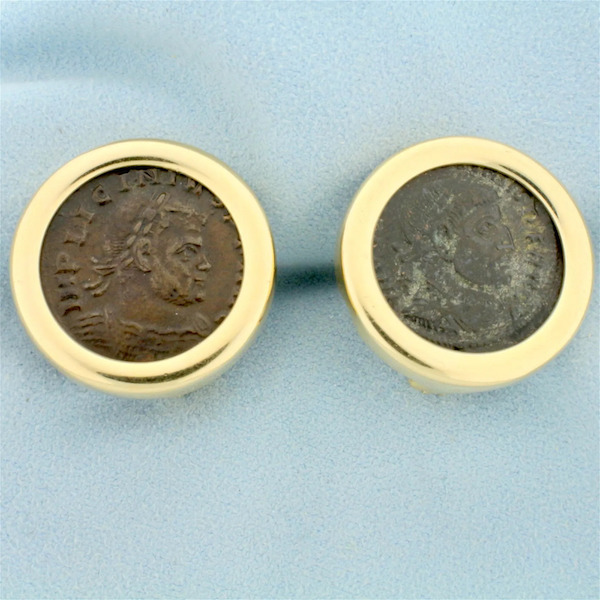
An occasional auction will also feature cast bronze coins that had a limited or regional-only release: the Quincunx and Teruncius were issued sparingly circa 220 B.C. and were not in regular monetary rotation, while the Decussis, Quincussis, Tressis, Dupondius, Dextans, Dodrans, Bes, Semiuncia and Quartuncia were all lesser-known and little-used coin denominations with values in fractions of the main denominations that were in use here and there throughout the 3d century B.C.
Western Roman Imperial Empire, 27 B.C. to 476 A.D.
The Roman Empire period began with the Senate declaring Octavian as Caesar Augustus in early 27 B.C., ushering in Western Roman Emperors for the next 425 years and Eastern Roman Emperors for the next millennia. In 23 B.C., Augustus reformed the Roman monetary coin system, removing some silver coins and switching some bronze coins for copper alloy. These changes would remain the standard for all Roman coinage for at least the next 300 years.
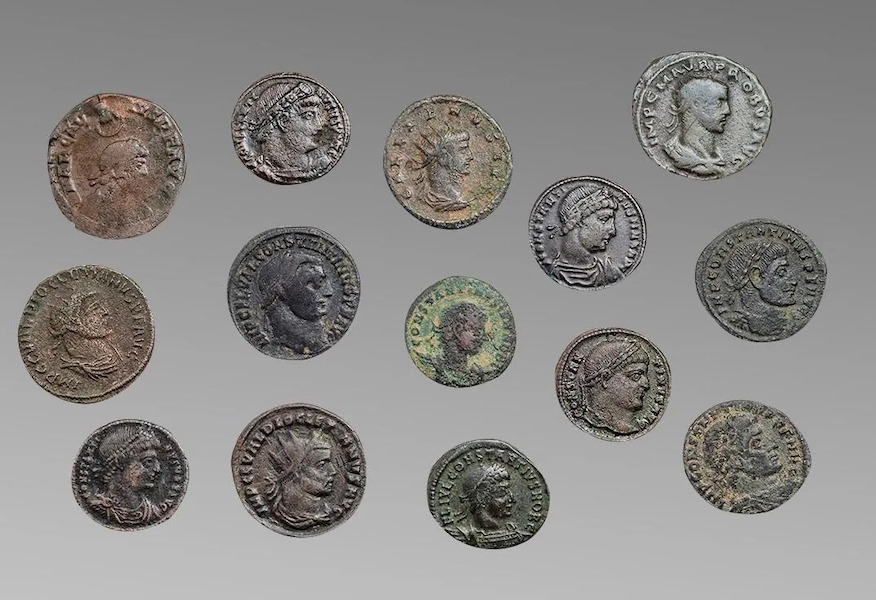
Most of the bronze coins minted during the Roman Republic did not continue into the Roman Empire period. Some minor silver coins were replaced by the sestertius (two-and-a-halfer asses) and the dupondius (worth two asses), both with a gold-colored, brass alloy (copper and zinc) known as the metal orichalcum. The smaller quadran (the lowest-valued Roman coin) and the As were now made of copper instead of bronze. The semis, too, would be made of orichalcum, having half the value of the copper As. Sometimes at auction, you might see a series of low-value bronze coins known as nummus (Latin for ‘coin’) or follis (Latin for ‘bag,’ a modern description), which entered circulation around 294 A.D., contained about 4% silver, and lasted until the very end of the Western Roman Empire.
Eastern Roman-Byzantine Empire, 395 A.D. to 1453 A.D.
When Emperor Constantine split the Roman Empire into a Western and Eastern Empire around 330 A.D., it was his intention to stabilize its far-flung territories against the constantly invading Hunnic armies from the steppes of Central Europe. He named the capital of the Eastern Empire Constantinople for himself, but his actions only delayed the demise of the Western Empire in 476 A.D.
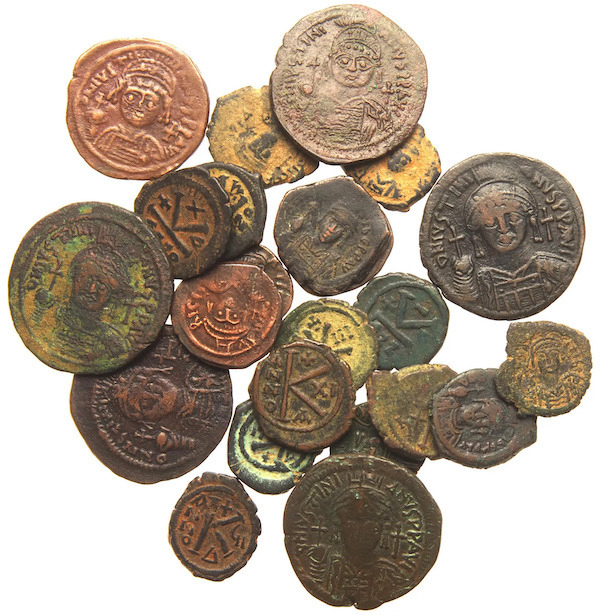
After the fall of the Western Roman Empire, the Eastern Empire survived for nearly a millennium. The bronze nummus or follis persevered, though. Emperor Anastasius ordered a monetary reform in 498 A.D., splitting the nummus into smaller 40 nummi, 20 nummi, 10 nummi and 5 nummi denominations of coins. By the 7th century, only the 40 nummi was in circulation.
Regional coins also circulated that were easily converted into Roman currency even if they were minted locally. Just understand that denominations and monetary systems changed constantly during the course of two millennia, and new knowledge is being dug up, literally, every day.
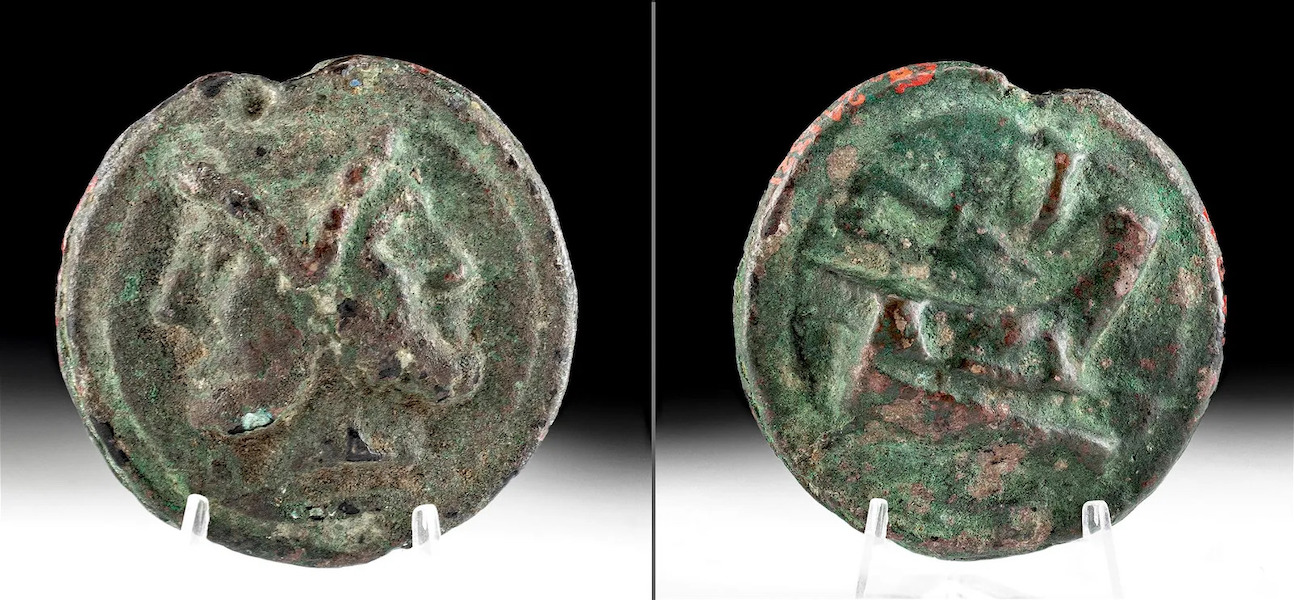
Emperors, Roman conquests, and important historical events are told by the bronze coins themselves. Just grant them the time to let them tell their stories, and they will reward you beyond measure.



